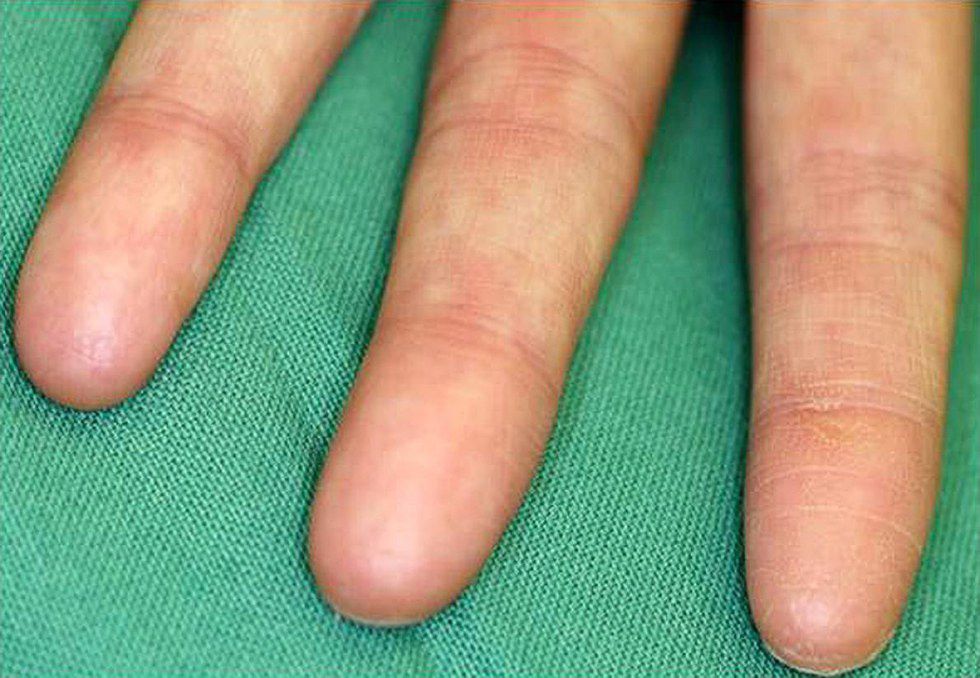Fingerprinting is a vital component in solving crime because each one is unique to every individual. Although no two finger prints are the same, experts in fingerprint analysis recognize similarities in all prints allowing for more precise examination of the print. These common patterns are referred to as arch, loop, and whirl. The most intriguing part of ones fingerprints is how they develop their uniqueness.
Fingerprints begin developing ten weeks into pregnancy. The same time at which fingernails form and the neck grows. Between the tenth week of pregnancy and the fourth month every movement made with the hands begins to create the print. This is because the epidermis and dermis are elastic and pliable so it can stretch and grow with the fetus. This elasticity allows the epidermis and dermis fold in on each other over and over creating a pattern that is fingerprints.
In rare cases people can be born without fingerprints. Naegeli-Franceschetti-Jadassohn syndrome/dermatopathia pigmentosa reticularis (NFJS/DPR) are both genetic conditions that effect the keratin 14 gene. These conditions are often more troubling than conditions like adermatoglyphia. When individuals have NFJS/DPR they also suffer other symptoms and issues other than the lack of fingerprints that can include but are not limited to dental abnormalities, hyperactive sweat glands, and hair loss. Those effected by adermatoglyphia are described only by the lack of fingerprints.
Using fingerprinting as a method of catching criminals has been criticized in recent year because of inaccuracy and error in the practice. Forensic experts have defended the use of fingerprinting as it has correctly persecuted many criminals. Although it has been misleading in past defense cases, it has driven examiners to be more precise when pulling and studying each print as well as expanding their evidence used in court to further the defense.











 man running in forestPhoto by
man running in forestPhoto by 










